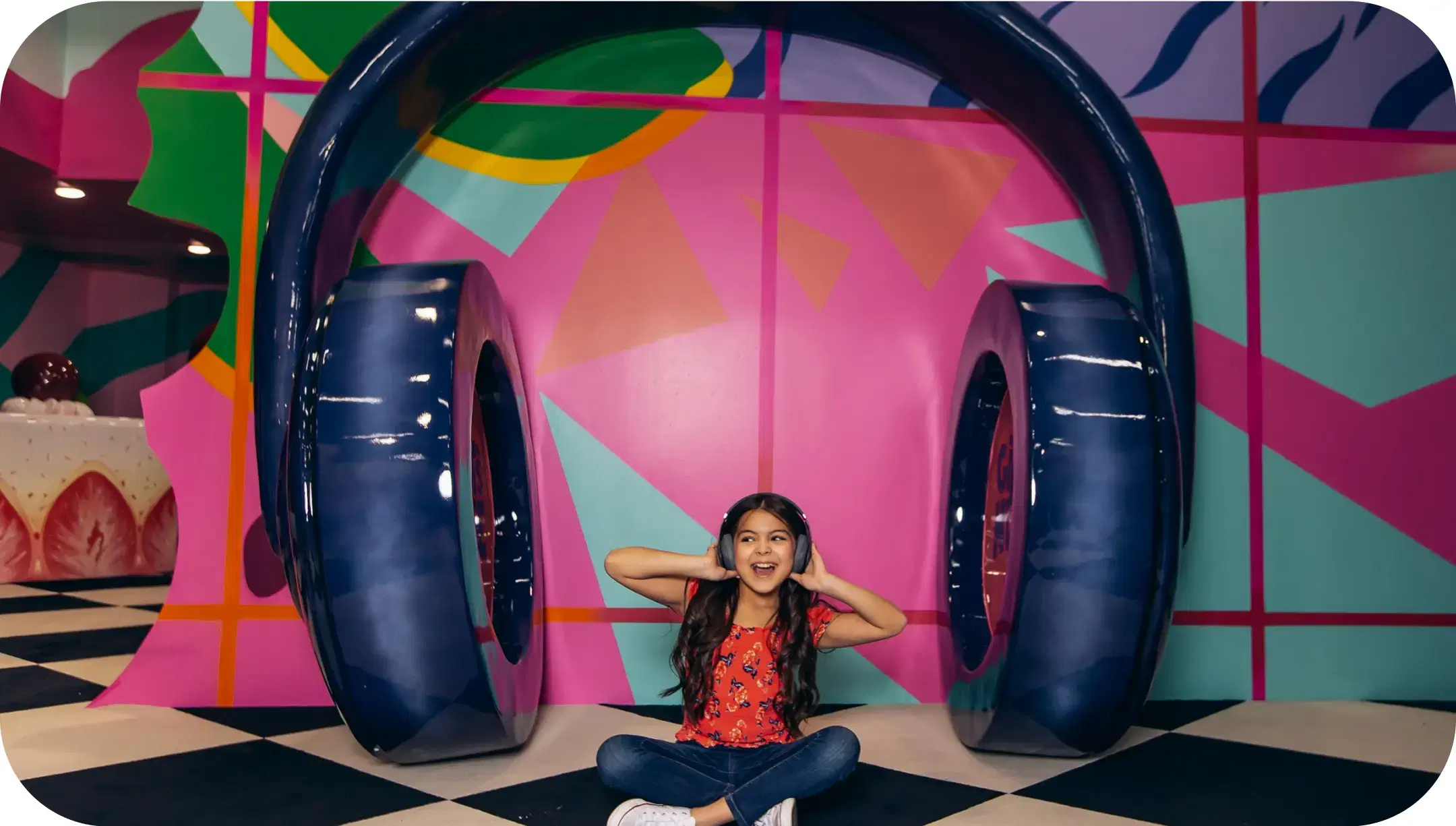In 1818, Francisco Ávila, a wealthy cattle rancher and mayor of Los Angeles, built the Avila Adobe as a family residence. Constructed using sun-dried adobe bricks made from earth, clay, sand, and straw, this type of building material was commonly used in Spanish colonial architecture for its durability and natural insulation. Designed in the traditional Spanish colonial style, this adobe became a symbol of early California life. The home was strategically located near the plaza, allowing Ávila to manage his business affairs while providing his family with a spacious and comfortable estate.
During the Mexican-American War, the Avila Adobe played an unexpected role in history. In 1847, U.S. Navy Commodore Robert Stockton used the adobe as his temporary headquarters. This brief military occupation highlighted the building’s significance within Los Angeles, as it became a focal point of political and strategic maneuvers during the war.
Despite its historical importance, the adobe nearly vanished due to neglect in the early 20th century. However, its survival and subsequent restoration allowed it to remain a tangible connection to the past. Today, it stands as a museum, offering visitors a rare opportunity to experience an authentic 19th-century adobe home in Los Angeles.
Architectural Features of Avila Adobe
The Avila Adobe was constructed using sun-dried adobe bricks, a material well-suited to the Southern California climate. With walls over three feet thick, the structure remains naturally insulated, keeping the interior cool during scorching summers and warm during chilly winters. This traditional construction method reflects the architectural ingenuity of early Californians who adapted to their environment using available resources.
A defining feature of the adobe is its high ceilings, supported by hand-hewn cottonwood beams. These sturdy wooden elements provide both structural support and aesthetic charm, showcasing the craftsmanship of the era. The roof, originally sealed with tar from the nearby La Brea Tar Pits, further emphasizes the use of natural, locally sourced materials in its construction.
The layout of the adobe centers around a large open courtyard, a common feature in Spanish colonial homes. This outdoor space serves as both a functional and social area, allowing natural ventilation while providing a shaded retreat. Today, visitors can stroll through the courtyard and admire the historic grapevines that have flourished there for generations. The museum ensures that the authenticity of the home remains intact while providing a glimpse into California’s past.
Restoration and Preservation Efforts
By the 1920s, the Avila Adobe had deteriorated significantly, and city officials considered demolishing it. Recognizing its cultural value, preservationist Christine Sterling launched a campaign to save the historic adobe. Her dedication led to its restoration and the transformation of Olvera Street into a cultural hub celebrating Los Angeles’ Mexican heritage.
Sterling’s efforts ensured that the adobe remained an enduring landmark, and it was later designated a part of the Los Angeles Plaza Historic District. The adobe was meticulously restored to resemble its 1840s appearance, with period-appropriate furnishings and artifacts that transport visitors back in time.
Today, the adobe operates as a museum, welcoming thousands of visitors each year. It stands as a testament to the importance of historic preservation and the enduring legacy of early Los Angeles settlers. Through continued maintenance and educational programs, the Avila Adobe remains a cherished piece of the city’s architectural and cultural history.
Visitor Experience at Avila Adobe
Stepping inside the Avila Adobe, visitors are transported to an era when Los Angeles was a small but growing pueblo. The museum features a series of furnished rooms, including a parlor, dining area, and sleeping quarters, all decorated in a style reflective of the 1840s. These spaces provide insight into the daily lives of early Californians and the influences of Spanish and Mexican traditions.
One of the highlights of the adobe is its spacious courtyard, where visitors can relax and take in the surroundings. Towering grapevines, believed to be among the oldest in Los Angeles, create a tranquil atmosphere amid the city’s vibrant energy. This outdoor space showcases how early settlers designed their homes to be both functional and welcoming.
Guided tours offer deeper historical context, explaining the significance of each room and the stories of those who lived within the adobe’s walls. With free admission, the Avila Adobe provides an accessible and enriching experience for anyone interested in the history of Los Angeles. As a museum, it continues to educate visitors about the city’s early years.
Connection to World of Illusions in Los Angeles
While the Avila Adobe preserves the past, the World of Illusions in Los Angeles offers an entirely different kind of experience—one rooted in creativity, perception, and modern entertainment. Located in Hollywood, this attraction invites visitors to explore a world of visual trickery and interactive exhibits, providing a striking contrast to the historical authenticity of the adobe.
The World of Illusions features four distinct experiences, each designed to challenge perception and engage the imagination. The Museum of Illusions showcases a series of mind-bending 3D paintings that allow visitors to step inside surreal, immersive artwork. The Giant’s House, on the other hand, places guests in a world where everyday objects appear enormous, offering a playful shift in perspective.
For those seeking even more interactive experiences, the Upside Down House presents seven uniquely designed rooms that appear flipped on their heads, creating gravity-defying photo opportunities. Meanwhile, Smash It! gives visitors the chance to release stress by writing their frustrations on plates and shattering them against a wall. Together, these exhibits highlight the diversity of attractions available in Los Angeles, from historic sites like the Avila Adobe museum to contemporary, illusion-based entertainment.
Planning Your Visit
The Avila Adobe museum is conveniently located at 10 Olvera Street, within the Los Angeles Plaza Historic District. Visitors can explore this historic museum daily from 9:00 AM to 4:00 PM, free of charge. Its central location makes it an ideal stop for history enthusiasts, families, and tourists seeking a deeper connection to the city’s origins.
Beyond the adobe, Olvera Street offers a rich cultural experience with traditional Mexican markets, authentic dining options, and historic landmarks. A visit to this area provides a well-rounded look at the city’s diverse heritage, combining architectural exploration with vibrant community life.
For those looking to add a playful, interactive element to their itinerary, the World of Illusions in Hollywood provides a completely different but equally engaging experience. By pairing a visit to the Avila Adobe museum with an afternoon at the World of Illusions, visitors can immerse themselves in both the historical and modern wonders of Los Angeles, creating a truly memorable day in the city.
What is the Avila Adobe and where is it located?
The Avila Adobe is the oldest standing residence in Los Angeles, built in 1818. This historic adobe, located on Olvera Street, now operates as a museum showcasing early Californian life. Visitors can explore its preserved rooms, learn about its history, and experience authentic Spanish colonial architecture in Los Angeles.
What can visitors expect at the Avila Adobe museum?
The Avila Adobe offers a fascinating look into 19th-century life in Los Angeles. The museum features restored rooms furnished in period style, a peaceful courtyard, and guided tours explaining its significance. Nearby attractions, including the World of Illusions, provide a mix of historical and modern experiences within the city.
How does the World of Illusions compare to the Avila Adobe?
While the Avila Adobe preserves Los Angeles’ rich history, the World of Illusions offers a modern, interactive experience. The museum at the Avila Adobe provides a historical journey, whereas the World of Illusions engages visitors with mind-bending exhibits, including 3D illusions, an Upside Down House, and a Giant’s House







